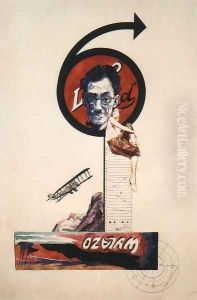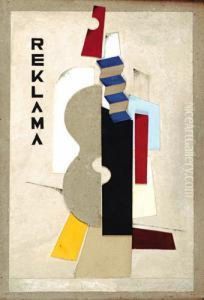Mieczyslaw Szczuka Paintings
Mieczysław Szczuka was a notable Polish avant-garde artist, constructivist, and a proponent of the functionalist movement in the early 20th century. Born on July 1, 1898, in Warsaw, which was then part of the Russian Empire, Szczuka became a central figure in the Polish art scene during the interwar period. He was deeply involved with the Blok Group, which was an association of avant-garde artists, and later with the Praesens group, which was focused on constructivism and functionalism.
Szczuka's work was versatile, encompassing graphic design, sculpture, and architecture. He was particularly interested in the social role of art and believed in the integration of art into everyday life. His artistic philosophy was aligned with that of the constructivists, who promoted art as a practice for social purposes rather than for individual expression. He was heavily influenced by the Russian constructivists and maintained connections with artists from the Soviet avant-garde.
In addition to his visual artworks, Szczuka made significant contributions to the field of typography and was involved in designing covers and layouts for various avant-garde publications. His work in this area helped to revolutionize the visual language of printed media in Poland.
Szczuka's career was tragically cut short when he died in a mountaineering accident on August 13, 1927, in the Tatra Mountains at the age of 29. Despite his brief career, his work left a lasting impact on the development of modernist art in Poland, and he is remembered as a pioneer of the Polish avant-garde movement. His legacy includes not only his own artworks but also his influence on Polish modernism and his efforts to redefine the role of the artist in society.



